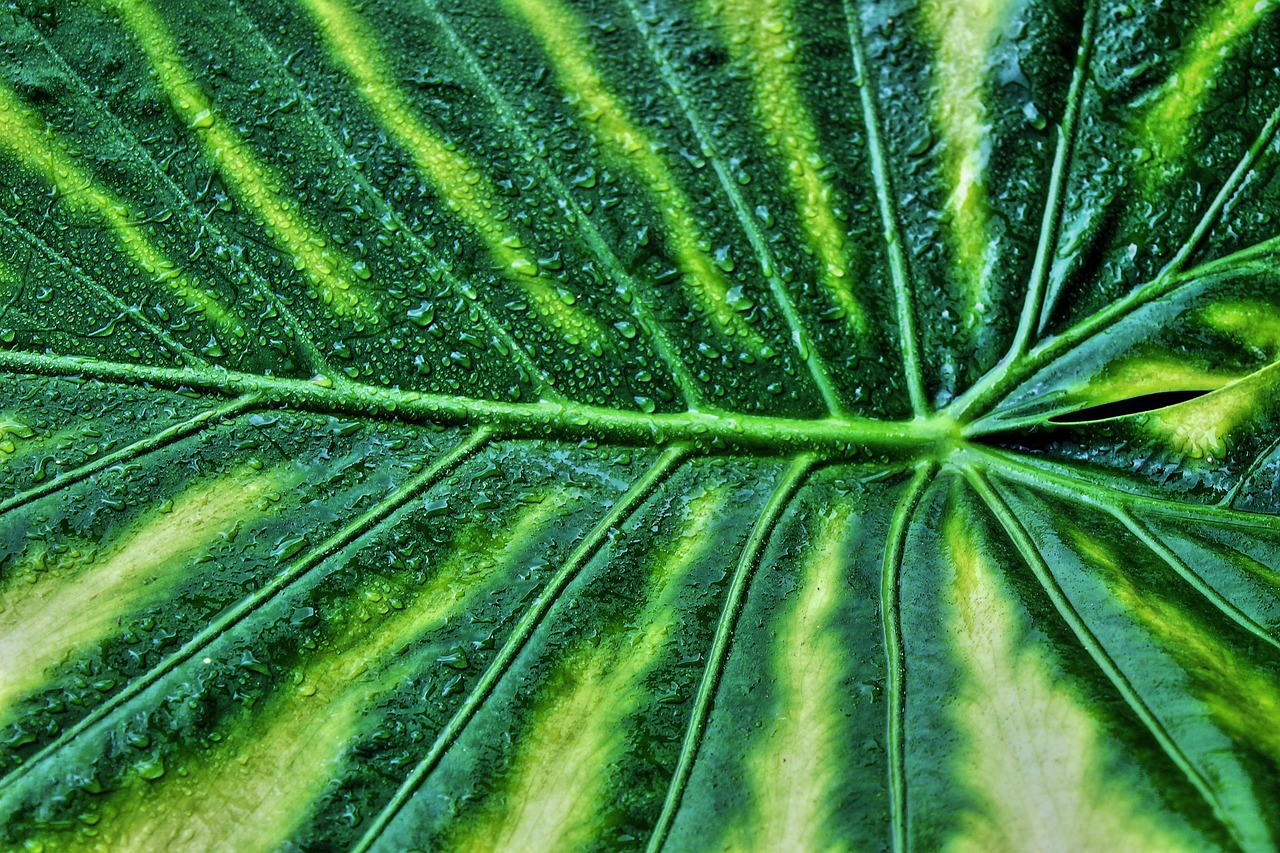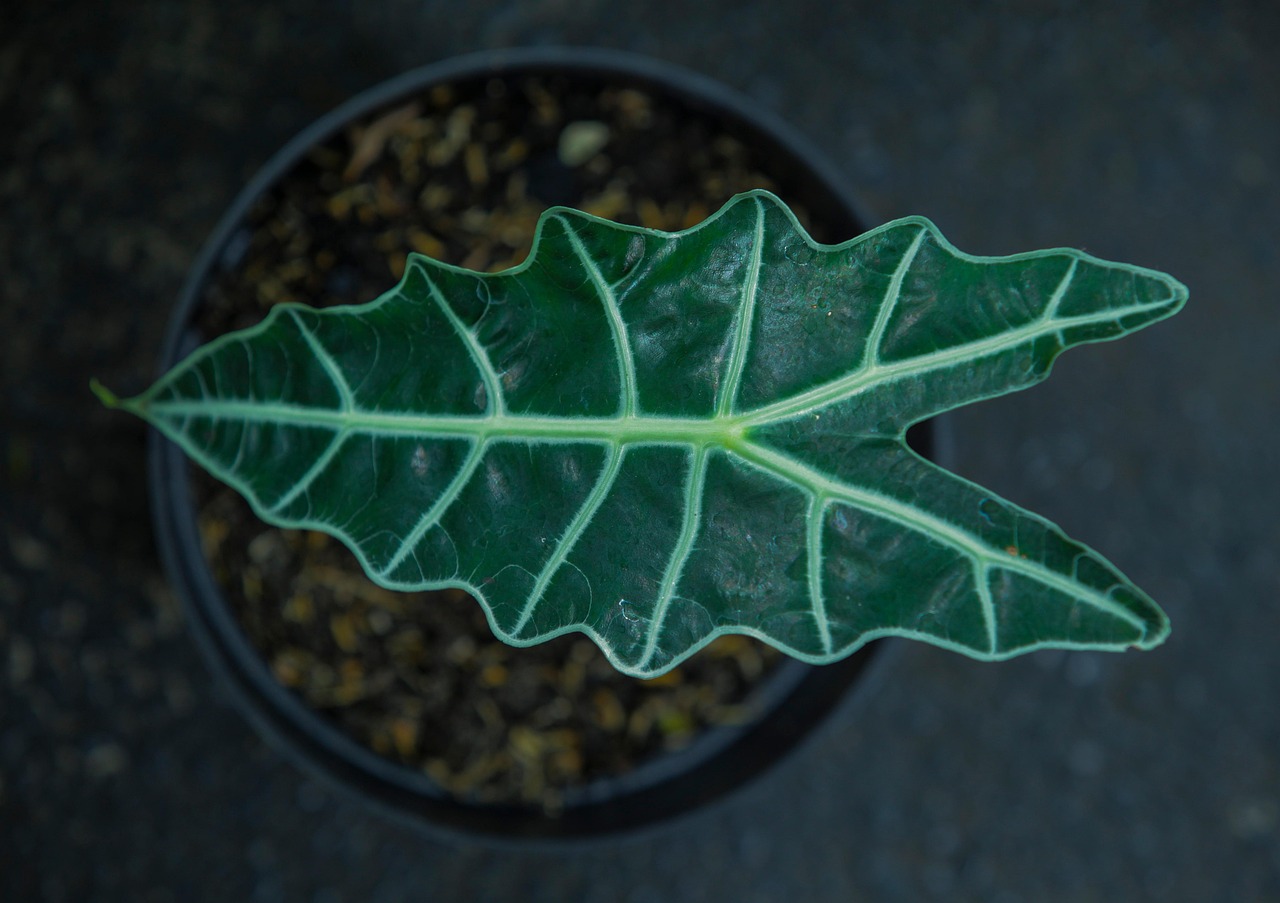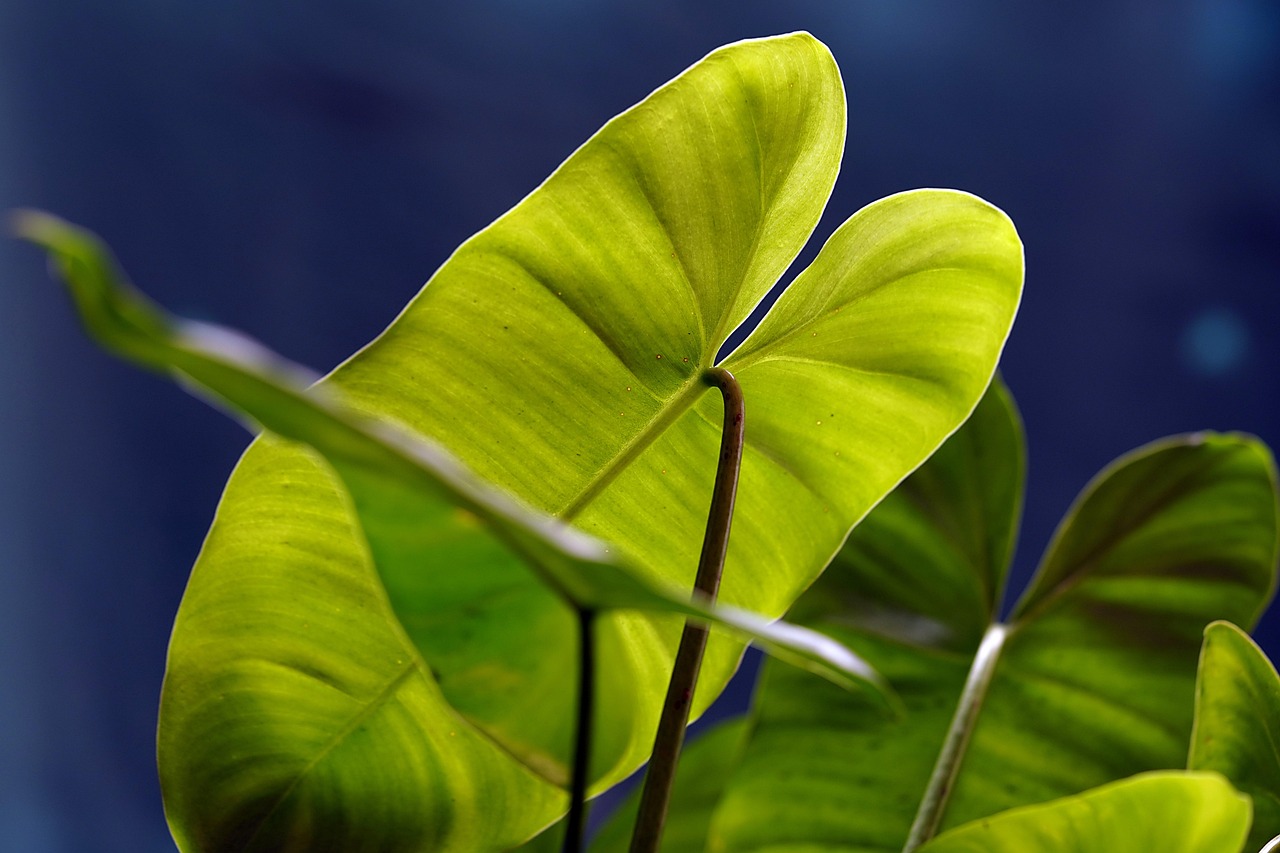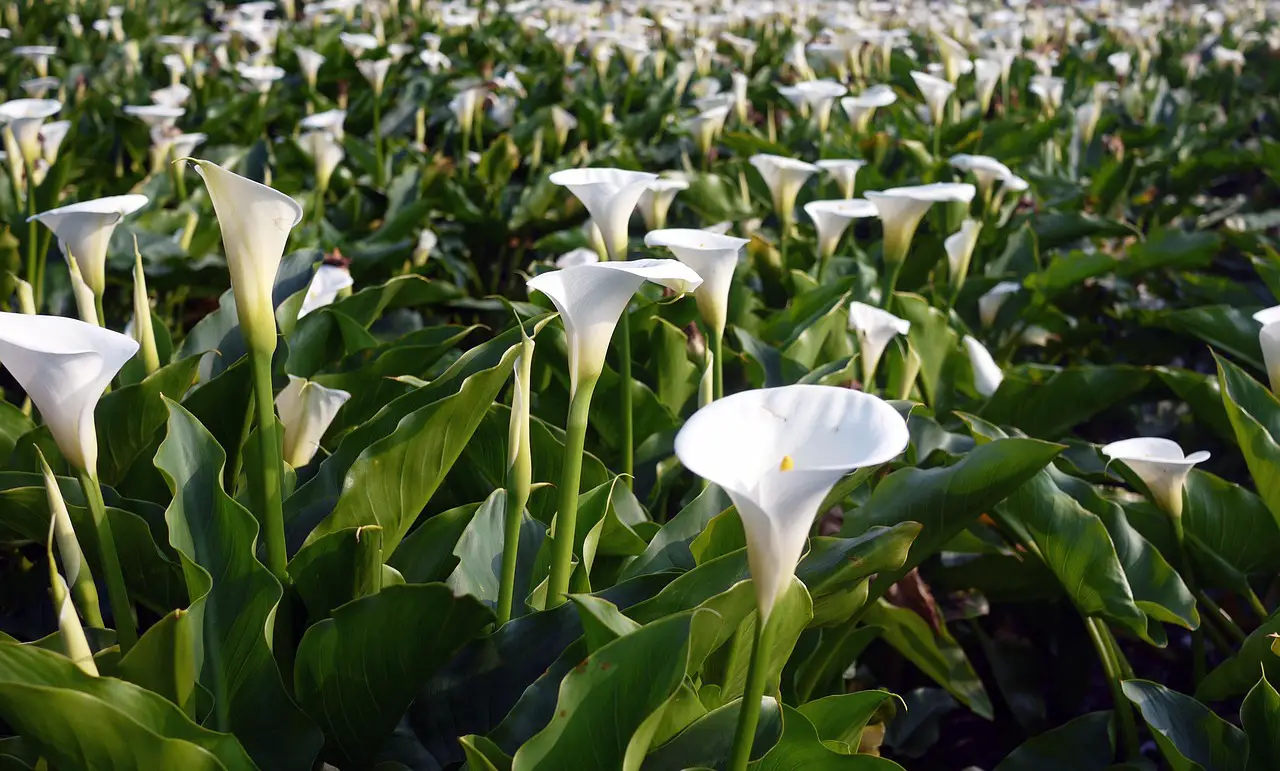The Cuprea Alocasia, commonly known as the Red Secret or African Mask Plant, is a stunning houseplant distinguished by its rich, metallic leaves and vibrant red undersides. Proper care is essential to maintain its beauty and health.
The Cuprea Alocasia is part of the Araceae family and originates from tropical regions in Southeast Asia. This plant is celebrated for its unique appearance. The glossy, heart-shaped leaves can grow quite large, making it a striking addition to any indoor space. The reddish hue beneath the leaves adds an exotic touch that many plant enthusiasts adore. However, the Cuprea Alocasia requires specific conditions to thrive. Understanding these needs is crucial for successful cultivation.
One of the most appealing aspects of the Cuprea Alocasia is its adaptability to indoor environments. Unlike some plants that struggle in lower light, the Cuprea prefers bright, indirect sunlight. This makes it an excellent choice for various home or office settings. However, too much direct sunlight can scorch its leaves, so finding the right balance is essential.
Understanding the Care Requirements

To ensure your Cuprea Alocasia flourishes, it is vital to consider several key factors such as watering, humidity, temperature, and soil composition. Below are some important aspects to keep in mind:
| Care Aspect | Recommendation |
|---|---|
| Light | Bright, indirect sunlight |
| Watering | Keep soil moist but not soggy |
| Humidity | High humidity (50% or higher) |
| Temperature | 65°F to 80°F (18°C to 27°C) |
Watering the Cuprea Alocasia requires a balanced approach. It prefers consistent moisture in its soil. However, overwatering can lead to root rot. Allow the top inch of soil to dry out before watering again. This method will support healthy growth while preventing excess moisture buildup.
Humidity plays a significant role in the wellbeing of the Cuprea Alocasia. Being a tropical plant, it thrives in high humidity levels. If your home is dry, consider using a humidifier or placing a tray of water near the plant. Misting the leaves can also improve humidity levels around the plant, which may help it flourish.
The ideal temperature range for the Cuprea Alocasia falls between 65°F and 80°F (18°C to 27°C). It’s important to avoid cold drafts or sudden temperature changes, as these can stress the plant. Maintaining a stable environment will help your Cuprea thrive and produce beautiful foliage.
Soil composition should also be considered when caring for the Cuprea Alocasia. A well-draining potting mix is essential to provide adequate aeration for the roots. You can create a suitable mix by combining regular potting soil with perlite or orchid bark. This combination promotes drainage while retaining necessary moisture.
In summary, understanding the care needs of the Cuprea Alocasia is vital to ensure its growth and vibrancy. With proper light, water, humidity, temperature, and soil conditions, your plant can become a stunning centerpiece in your home or office.
Common Pests and Diseases
Like any houseplant, the Cuprea Alocasia can be susceptible to various pests and diseases. Being aware of common issues will help you take proactive measures to protect your plant. Below are some pests and diseases to watch for:
- Spider Mites: These tiny pests can cause significant damage by sucking the sap from the leaves. Look for fine webbing and tiny yellow spots on the foliage.
- Mealybugs: These appear as white, cottony masses on stems and leaves. They can weaken the plant by feeding on its sap.
- Scale Insects: Scale insects look like small bumps on the stem or leaves. They also feed on sap and can lead to weakened growth.
- Leaf Spot: This fungal disease causes dark spots on leaves. It is often a sign of overwatering or poor air circulation.
- Root Rot: Overwatering can lead to root rot, which is characterized by mushy, dark roots. It can be fatal if not addressed quickly.
If you notice any of these issues, prompt action is essential. Regularly inspect your plant for signs of pests or diseases. Early detection can save your Cuprea Alocasia from severe damage.
Pest Control Methods
There are several effective methods for managing pests on your Cuprea Alocasia. Below are some strategies you can employ:
- Natural Remedies: Use insecticidal soap or neem oil to treat infestations. These natural products are effective against many pests without harming the plant.
- Regular Cleaning: Wipe leaves with a damp cloth to remove dust and potential pests. This practice helps maintain healthy foliage and prevents infestations.
- Quarantine New Plants: If you introduce new plants to your collection, keep them separate for a few weeks. This helps prevent any pests from spreading to your existing plants.
- Encourage Beneficial Insects: Introduce beneficial insects like ladybugs or lacewings, which can help control pest populations naturally.
- Remove Infested Leaves: If only a few leaves are affected, trimming them off can help prevent pests from spreading.
Fertilization Tips
Providing adequate nutrients is crucial for the healthy growth of your Cuprea Alocasia. Fertilization helps support its vibrant foliage and overall vitality. Here are some tips for fertilizing your plant:
- Type of Fertilizer: Use a balanced, water-soluble fertilizer formulated for indoor plants. Look for one with equal parts nitrogen, phosphorus, and potassium.
- Frequency: Fertilize your Cuprea Alocasia every 4-6 weeks during the growing season (spring and summer). Cut back during fall and winter when the plant enters dormancy.
- Dilution: Always dilute fertilizer to half the recommended strength. This prevents fertilizer burn and ensures optimal nutrient absorption.
- Application Method: Apply fertilizer to moist soil to help it penetrate effectively. Avoid getting it on the leaves, as this can cause damage.
Repotting Your Cuprea Alocasia
As your Cuprea Alocasia grows, it may outgrow its pot. Repotting is necessary to provide more space for root development and fresh soil. Here’s how to do it properly:
- Timing: Repot during the spring when the plant is actively growing. This minimizes stress during the transition.
- Selecting a New Pot: Choose a pot that is one size larger than the current one. Ensure it has drainage holes to avoid water accumulation.
- Preparing the New Soil: Use a fresh, well-draining potting mix. You can create a suitable mix by combining potting soil with perlite or orchid bark.
- Gently Remove the Plant: Carefully take the plant out of its current pot, trying not to damage the roots. Shake off excess soil gently.
- Replanting: Place the plant in the new pot and fill in with fresh soil. Water thoroughly after repotting to help settle the soil around the roots.
Repotting not only provides additional space for growth but also refreshes nutrients in the soil, promoting healthier growth for your Cuprea Alocasia.
Propag

ating Your Cuprea Alocasia
Propagation is an exciting way to expand your plant collection or share your love for the Cuprea Alocasia with friends. This process allows you to create new plants from your existing one. Here are the main methods for propagating your Cuprea Alocasia:
Methods of Propagation
- Division: This is the most common method for propagating the Cuprea Alocasia. It involves separating a mature plant into multiple sections, each with its own roots.
- Offsets: You may notice small offsets or pups growing at the base of the parent plant. These can be carefully removed and potted separately.
- Leaf Cuttings: While less common, leaf cuttings can also be used. Cut a healthy leaf into sections, ensuring each piece has a vein. Place these cuttings in water or moist soil.
Steps for Division
- Choose a Healthy Plant: Select a mature Cuprea Alocasia that has several stems or offsets.
- Prepare Tools: Use a clean, sharp knife or garden shears to prevent disease transmission.
- Remove from Pot: Gently take the plant out of its pot, being careful not to damage the roots.
- Divide the Plant: Identify sections that have their own roots and stems. Cut through the root ball to separate these sections.
- Replant Each Section: Place each division in its own pot with fresh, well-draining soil. Water lightly to settle the roots.
Propagation can be a rewarding experience, allowing you to enjoy more Cuprea Alocasia plants in your home. Each new plant will require similar care as the parent plant to thrive.
Common Problems and Solutions
Even with the best care, your Cuprea Alocasia may face some challenges. Recognizing these problems early can help you address them promptly. Here are some common issues and their solutions:
- Yellowing Leaves: This can indicate overwatering or insufficient light. Check the soil moisture and adjust your watering schedule. Ensure the plant is receiving adequate light.
- Wilting Leaves: Wilting can occur due to underwatering or extreme heat. Assess the soil moisture and water if needed. Move the plant to a cooler location if temperatures are too high.
- Browning Leaf Tips: Browning at the leaf tips often points to low humidity. Increase humidity levels by misting the plant or using a humidifier.
- Stunted Growth: If your plant isn’t growing as expected, it might be time to repot or fertilize. Check for root bound conditions and provide nutrients as necessary.
The Aesthetic Appeal of Cuprea Alocasia
The Cuprea Alocasia is not just a beautiful plant; it also serves various aesthetic purposes in home decor. Its unique leaf shape and colors can enhance any interior space. Here are some ways to incorporate this stunning plant into your home:
- Statement Piece: Use a large Cuprea Alocasia as a focal point in your living room or entryway. Its dramatic foliage will draw attention and add vibrancy to the area.
- Complementary Plantings: Pair the Cuprea with other tropical plants like ferns or philodendrons for a lush indoor garden feel.
- Table Decor: Smaller varieties can be placed on side tables or desks, bringing nature indoors and improving air quality.
- Outdoor Display: In warmer climates, consider placing your cuprea in patio areas as part of an outdoor arrangement during summer months.
The versatility of the Cuprea Alocasia makes it suitable for various design styles, from modern to bohemian. Its striking appearance enhances any space, making it a favorite among interior designers and plant lovers alike.
Caring for Your Plant During Seasonal Changes
As season

s change, so do the needs of your Cuprea Alocasia. Adjusting care routines throughout the year will help keep your plant healthy and thriving. Here are seasonal care tips:
Spring and Summer
During the growing season, your Cuprea will thrive with more attention:
- Increase Watering: As temperatures rise, be prepared to water more frequently while ensuring proper drainage.
- Add Fertilizer: Resume fertilization every 4-6 weeks to support active growth.
- Monitor for Pests: Warmer weather can invite pests; regularly inspect your plant for any signs of infestation.
Fall and Winter
In colder months, your Cuprea may enter a period of dormancy:
- Reduce Watering: Allow the top inch of soil to dry out more between waterings.
- Avoid Fertilizing: Stop fertilizing during this period to prevent stress on the plant.
- Maintain Humidity: Keep humidity levels up even when indoor air becomes drier due to heating systems.
Caring for your Cuprea Alocasia throughout seasonal transitions ensures a healthy and vibrant plant year-round.
Additional Tips for Success
Caring fo

r your Cuprea Alocasia involves more than just meeting its basic requirements. Here are some additional tips to enhance your plant’s health and beauty:
- Rotate Your Plant: Rotate your Cuprea Alocasia every few weeks to ensure even growth. This helps all sides of the plant receive equal light exposure, promoting balanced development.
- Use Quality Water: If possible, use distilled or rainwater for your plant. Tap water can contain chemicals that may harm sensitive Alocasia species over time.
- Check for Drainage: Always ensure that excess water can escape from the pot. This prevents root rot and promotes healthy root growth.
- Observe Growth Patterns: Pay attention to how your plant responds to various care practices. Adjust watering, light, and humidity based on its specific needs and growth patterns.
- Stay Informed: Join online forums or local plant groups. Engaging with others who share a passion for plants can provide insights and tips that enhance your care routine.
By incorporating these tips into your routine, you can further support the growth and vitality of your Cuprea Alocasia, ensuring it remains a stunning addition to your home.
Final Thoughts
The Cuprea Alocasia is truly a remarkable houseplant, captivating anyone who sees it with its striking foliage and unique features. By understanding its specific care requirements, such as the need for bright indirect sunlight, high humidity, and well-draining soil, you can cultivate a thriving specimen in your home. This plant not only adds aesthetic appeal to any space but also purifies the air and enhances your indoor environment.
Whether you are a novice plant parent or an experienced horticulturist, the Cuprea Alocasia offers an opportunity to deepen your gardening skills. With careful attention to watering, pest management, and seasonal adjustments, you can enjoy this plant’s beauty for years to come. Remember that propagation is also an option, allowing you to expand your collection or share with friends and family.
In conclusion, the Cuprea Alocasia embodies the charm of tropical plants while being adaptable to indoor living. Its care may require a bit of effort, but the rewards are undeniably worth it. With the right knowledge and dedication, you can successfully nurture this stunning plant into a vibrant centerpiece in your home.
